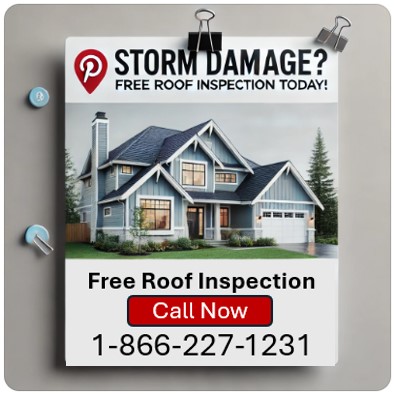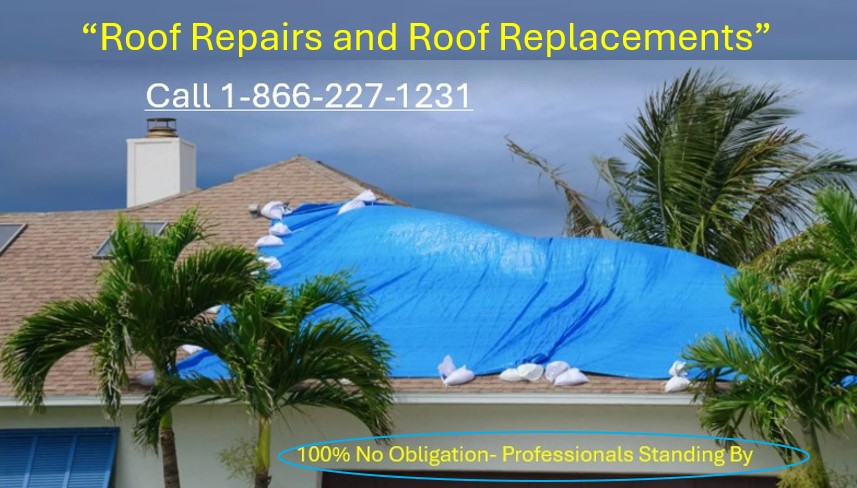Discovering water stains on your ceiling is every homeowner's nightmare. Roof leaks can quickly escalate from minor annoyances to costly structural problems if left unaddressed. This comprehensive guide will help you identify early warning signs of roof leaks, implement temporary fixes, and understand when it's time to call professionals.
Early Warning Signs of a Roof Leak
Catching a roof leak early can save thousands in repair costs. Look for these telltale indicators:
- Water stains on ceilings or walls: Yellowish or brownish discoloration, especially after rainfall
- Mold or mildew growth: Musty smells or visible growth in attics or along ceiling edges
- Missing or damaged shingles: Gaps in your roof's surface visible from the ground
- Granules in gutters: Asphalt shingle deterioration often precedes leaks
- Sagging roof deck: A wavy or drooping appearance on your roof surface
- Exterior water stains: Water marks on exterior walls just below the roofline
- Light penetration: Visible daylight through the roof when in your attic
Locating the Source of a Roof Leak
Finding the precise origin of a leak can be challenging since water often travels from the entry point before becoming visible inside your home.
- Start in the attic: Using a flashlight, inspect the underside of your roof during daylight hours looking for water stains, mold, or dampness
- Trace against gravity: Water runs downhill, so the source of your leak is typically higher than the visible damage
- Check flashing points: Many leaks occur around chimneys, vents, skylights, and other roof penetrations
- Inspect shingles directly above visible damage: Look for cracks, holes, or missing pieces
- Use the hose method: On a dry day, have someone stay inside while you wet different roof sections with a garden hose until the leak appears
Temporary DIY Fixes for Roof Leaks
While awaiting professional repairs, these temporary solutions can prevent further damage:
For Shingle Roofs:
- Apply roofing cement under lifted shingles
- Replace individual damaged shingles using a pry bar and roofing nails
- Install roof patching kits for small holes
For Flat Roofs:
- Apply roofing tape or liquid rubber over the leak area
- Use a waterproof tarp secured with boards in emergency situations
For Flashing Issues:
- Recaulk gaps around flashing with silicone sealant
- Reattach loose flashing with roofing nails and seal with roofing cement
When to Call Professional Roofers

While DIY fixes can work temporarily, certain situations demand professional attention:
- Multiple or extensive leaks
- Leaks during heavy rainfall that DIY methods can't contain
- Structural damage to roof decking or rafters
- Roofs older than 15-20 years
- Water damage extending to electrical systems
- Large areas of missing or damaged shingles
- Any leak you cannot confidently locate the source of
Preventing Future Roof Leaks
Proactive maintenance helps avoid leak emergencies:
- Schedule annual professional roof inspections
- Clean gutters and downspouts regularly
- Trim overhanging tree branches
- Replace cracked or damaged shingles promptly
- Ensure proper attic ventilation and insulation
- Apply new roof sealant every 2-3 years
- Check and maintain flashing around roof penetrations

The Cost of Ignoring Roof Leaks
Postponing roof leak repairs can lead to escalating problems:
- Wood rot in rafters and roof decking
- Mold and mildew growth throughout attic spaces
- Compromised insulation effectiveness
- Interior ceiling and wall damage
- Electrical system hazards
- Higher utility bills due to escaped heating/cooling
- Reduced home value and potential insurance issues
Taking immediate action when you spot the first signs of a roof leak not only saves money but provides peace of mind during severe weather events. Whether you choose a temporary DIY solution or professional repair depends on the severity of your situation, but addressing the problem promptly is always the right decision.

Remember: Safety first. Never attempt roof repairs during inclement weather or if you're uncomfortable working at heights.
When in doubt, consult with licensed roofing professionals.

